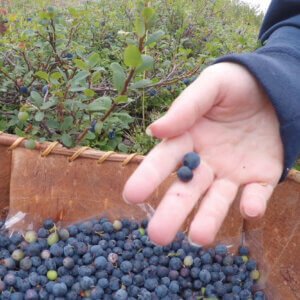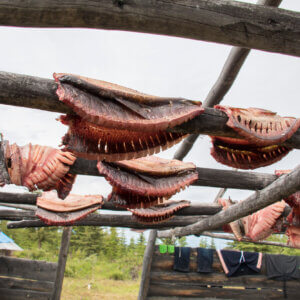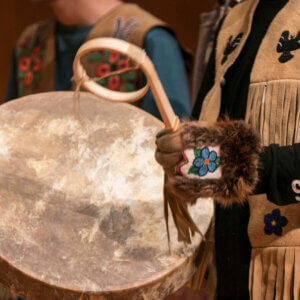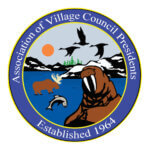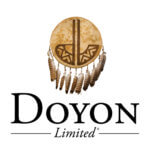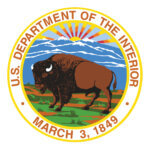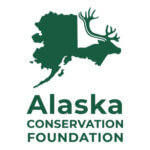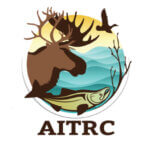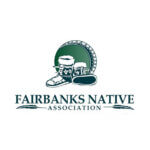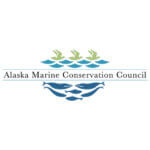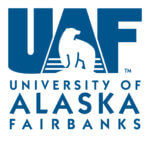Hunting, Fishing and Gathering Task Force
The Hunting, Fishing, Gathering Task Force directs advocacy efforts to protect Alaska Native hunting and fishing rights central to the traditional way of life and wellbeing of our tribes.
The traditional hunting and fishing practices, which include the ceremonies that accompany these practices, provide for the social, cultural, spiritual, and economic wellbeing and survival of our people and communities.
Our Strategies
- Increase Alaska Native Influence in Regulation/Policy
- Enhance Alaska Native Management
- Seek Legislation, Administrative action and litigation
- Impact Climate Change and Arctic Policy, Research, and International Dialogue.
How to Get Involved
Email HFTF@tananachiefs.org or call 907-452-8251, and ask for the Hunting, Fishing, and Gathering Taskforce to…
- Be added to our advocates email list
- Get updates on important meetings
- Find out about trainings and projects
- Contact us
Upcoming Events
No event found!
Fish Commission
- August 27th, TCC started formal negotiations with the Department of Interior (DOI) on compacting of potential 638 programs. This negotiation process will continue as the TCC Team and DOI work to come to an agreement for all or our needs to better services for community members throughout the region.
- TRSP staff continue to work and meet weekly with statewide Partners and the AYK Group, to advocate and strategize for fishing rights. Through the AYK Partnership, staff attended two different meetings with NOAA Assistant Director Janet Coit and Senator Murkowski to keep them abreast of our concerns.
- Partnerships were developed with US Fish & Wildlife Services (USFWS) by providing a technician to drive boats for USFWS members while taking sonar scans of the Chena River from Pike’s Landing to Fort Wainwright. Sonar scans are being used to determine how successful the restoration process is after the installment of multiple projects about 5 years ago. This opportunity built great relations with some of USFWS Fisheries Biologists allowing for continued partnerships in the future.
- Henshaw Creek Weir – TRSP staff facilitated weir repairs in July. Replacement parts were salvaged from the Gisasa River Weir project, as that project had extra, unused materials. The remaining repairs require new parts to be fabricated in Fairbanks over winter and shipped to the weir site next spring / summer.
- Gisasa River Weir – TRSP staff visited the Gisasa River Weir site to learn the logistics involved with project facilitation, and to help install and operate the weir. TRSP staff will continue to work with USFWS staff throughout the winter and going into next summer season to learn all aspects of the project in preparation for becoming the sole manager of the project starting in 2024. TRSP staff is in communication with Louden TC to discuss a partnership for this project moving forward.
- TRSP created a new vacancy for a Fisheries Biologist (Sonar) position to support the implementation of a new sonar program to support Yukon River salmon management.
- As a continuation of the partnership with USFWS, our team is working with Mitch Osborne, the project lead for Cripple Creek restoration. As well as Christi Buffington who works with GLOBE and Eyes on ICE, University of Alaska in Fairbanks (UAF) undergraduate students, and US Geological Survey (USGS) Jeff Muehlbauer. Restoration included rerouting the creek back to its original channels through removing the initial diversions and putting in culverts under roadways to allow natural flow. Cripple Creek was once important spawning grounds for salmon and when it was rerouted the passage of Salmon stopped. The hope of the project is to restore the channel and encourage the return of salmon by restoring habitat. Our technicians are collaborating on this project by placing minnow traps to collect fish samples, and identifying fish species. Future projects include taking ice thickness samples, macroinvertebrate studies, and water quality sampling.
- August 15th, had a face to face meeting with Office of Subsistence Management (OSM) and USFWS to meet staff and become familiar with their roles and responsibilities.
- August 19th, provided the Fairbanks Native Association (FNA) Elders with the 2nd Round of the Alaska CARES ACT Fisheries Assistance Applications. Staff joined them during their lunch to discussing the purpose and answering any questions as they filled out the applications. Some of the applications were mailed out by our department for them. Applications were left with FNA for any other elders who were not available during this time. Staff business cards were left for the elders to call if they had any questions or comments.
- Weekly Fish Counts were provided to the TCC Executive Board indicating number of fish, by kind, in specific locations, along with notes regarding information.
HFTF
- One of the HFTF members worked with UAF and USGS member Dr. Jeff Muehlbauer throughout the summer on an Established Program to Stimulate Competitive Research (EPSCoR) funded project. This project was to study woody transport in river systems after and near wildfires occurring along the Upper Chena. Information was to be used in partnership with other projects to determine how woody debris changes river ecosystems, river ecology, and fish habitats. This project concluded end of August.
- Changes in Federal Moose and Caribou Hunting Regulations
in Units 23 and 26A – 4/6/22 (PDF) - Hunter-Gatherers and Fishing Rights in Alaska and Siberia Contemporary (PDF)
- A holistic definition of healthy traditional harvest practices for rural Indigenous communities in Interior Alaska (PDF)
- ANCSA a complete of incomplete story of tribal governance (PDF)
- Advisory Councils
- Federal Subsistence Management Program
- Alaska BLM Regional Advisory Council
- Intertribal Agriculture Council
- USDA Tribal Consultations
- BIA Tribal Consultations
- US Fish and Wildlife Service Leadership
- Wood Bison Restoration
- Indigenizing Salmon Management
- Tamamta
- American Migratory Bird Co-Management Council Regulations by Region
- Map of Federal Subsistence Resource Regions and Units (PDF)
- Native Land and Game Management (JPEG)
- Communities in the TCC Region
